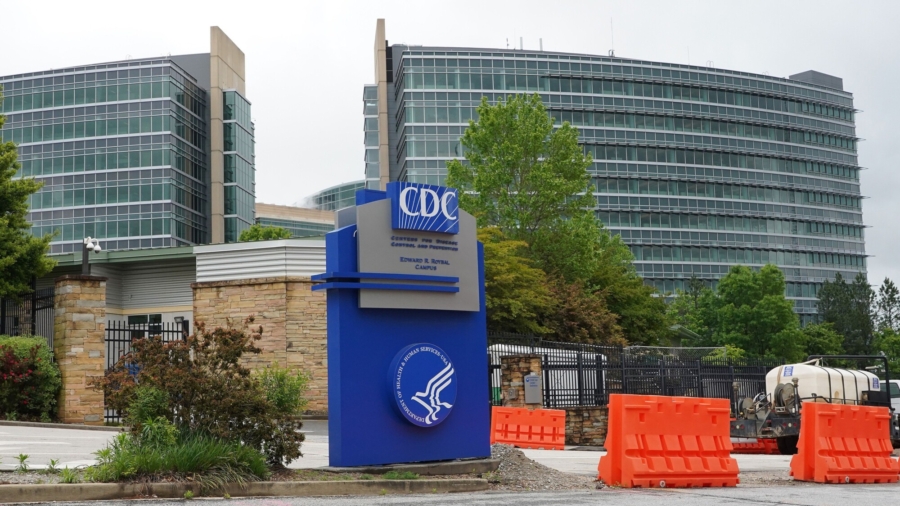The Centers for Disease Control and Prevention (CDC) said Friday it’s expanding a wastewater surveillance program to enhance efforts to track COVID-19 infections across the United States.
“Go on, get the sewer jokes out of your system,” the CDC said in a note in October 2020, shortly after it first launched the scheme, called the National Wastewater Surveillance System (NWSS), which tracks SARS-CoV-2 virus levels in wastewater across 400 sites nationwide to better track the spread of COVID-19 in America.
SARS-CoV-2, also known as the CCP (Chinese Communist Party) virus, is the pathogen that causes the disease COVID-19.
The CDC is now ramping up the NWSS program, announcing on Feb. 4 that it is expanding the network of sites where wastewater is tested for the CCP virus by an additional 250 locations.
“Estimates suggest between 40 and 80 percent of people with COVID-19 shed viral RNA in their feces, making wastewater and sewage an important opportunity for monitoring the spread of infection,” Dr. Amy Kirby, team lead for the NWSS, told reporters at Friday’s briefing.
Kirby said that the data from the surveillance scheme is “uniquely powerful” as it can capture the presence of infections from people with and without symptoms and so is an important tool to gauge COVID-19 prevalence.
“Because increases in wastewater generally occur before corresponding increases in clinical cases, wastewater surveillance serves as an early warning system for the emergence of COVID-19 in a community,” Kirby said.
What started as a small grassroots program by academic researchers has, over time, grown into a nationwide effort with over 34,000 samples collected representing some 53 million Americans.
With the expansion, “more communities will have the opportunity to use this tool to help guide their public health decision making,” Kirby said.
The CDC’s move garnered praise from some epidemiologists, with some calling for an even more robust scope for the scheme.
“Now that it seems @CDCgov (and Media) have fully woken up to the major benefits of wastewater surveillance (which we’ve known since early in the pandemic) … it’s a good time to ask” why the program isn’t being expanded to weekly testing in every one of the 3000-plus counties in the United States, epidemiologist Dr. Michael Mina said on Twitter.
“The entire National program could be performed—for a FULL YEAR—using about the same number of PCR tests that are performed every 3 days in one of the big PCR COVID testing labs today. The amount of $$ needed would be remarkably minuscule for nationwide surveillance,” Mina continued, adding that this could also be done for variant sequencing, in addition to estimating incidence and spread.
The way the NWSS program works is that wastewater, or sewage, is collected as it flows into a treatment plant. Samples are then sent to labs for testing, with health departments then submitting testing data to the CDC through the online NWSS Data Collation and Integration for Public Health Event Response portal, or DCIPHER.
The DCIPHER system analyzes the data and transmits the results back to the respective health departments, which use it to calibrate their COVID-19 response.
The results are also made available through the CDC’s COVID Data Tracker.
From The Epoch Times


